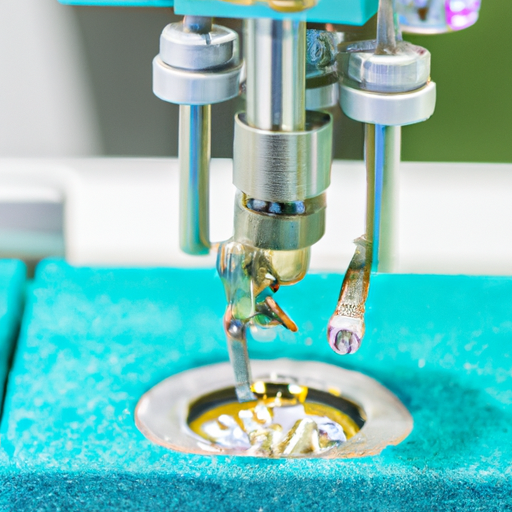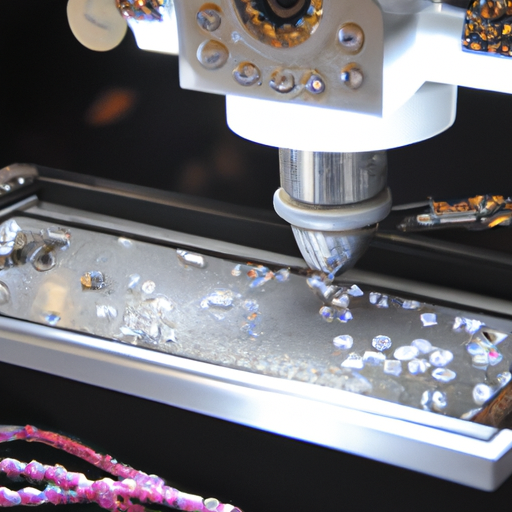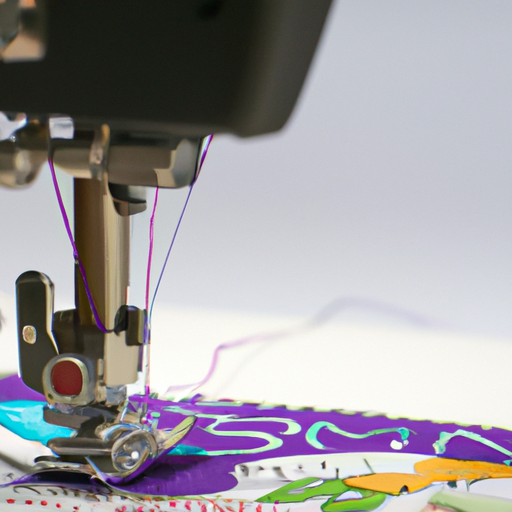The Different Types of Rhinoplasty Procedures
Rhinoplasty, commonly referred to as a “nose job,” is a surgical procedure that can be used to reshape the nose. It can be used to correct a variety of issues, including a crooked nose, a large nose, a bulbous tip, a wide bridge, or a deviated septum. There are several different types of rhinoplasty procedures, each of which is tailored to the individual patient’s needs.
The most common type of rhinoplasty is a closed rhinoplasty. During this procedure, the surgeon makes incisions inside the nose, allowing them to access the underlying structures of the nose without leaving any visible scars. This procedure is often used to correct minor issues, such as a crooked nose or a wide bridge.
An open rhinoplasty is a more complex procedure that involves making an incision across the columella, the strip of tissue that separates the nostrils. This allows the surgeon to have greater access to the underlying structures of the nose, allowing them to make more significant changes. This procedure is often used to correct more complex issues, such as a deviated septum or a large nose.
A septoplasty is a procedure that is used to correct a deviated septum. During this procedure, the surgeon will make an incision in the septum and then reshape it to improve airflow through the nose.
A tip rhinoplasty is a procedure that is used to refine the shape of the nasal tip. During this procedure, the surgeon will make small incisions in the tip of the nose and then reshape the underlying cartilage to create a more aesthetically pleasing shape.
Finally, a revision rhinoplasty is a procedure that is used to correct any issues that may have arisen from a previous rhinoplasty procedure. During this procedure, the surgeon will make incisions in the nose and then reshape the underlying structures to correct any issues.
No matter what type of rhinoplasty procedure you are considering, it is important to consult with a qualified plastic surgeon to ensure that you get the best possible results.
The Benefits of Rhinoplasty for Self-Confidence
Rhinoplasty, commonly known as a nose job, is a surgical procedure that can improve the appearance of the nose and enhance self-confidence. This procedure can be used to correct a variety of issues, including a crooked nose, a large nose, a bulbous tip, a wide bridge, or a deviated septum. Rhinoplasty can also be used to improve the overall balance of the face.
The benefits of rhinoplasty are both physical and psychological. On the physical side, rhinoplasty can improve the appearance of the nose, making it more symmetrical and aesthetically pleasing. This can lead to an improved self-image and increased confidence. On the psychological side, rhinoplasty can help to reduce feelings of insecurity and self-consciousness. Many people who have undergone rhinoplasty report feeling more confident in their appearance and more comfortable in social situations.
Rhinoplasty is a safe and effective procedure that can be tailored to meet the individual needs of the patient. The procedure is typically performed under general anesthesia and takes approximately two to three hours. Recovery time varies depending on the extent of the surgery, but most patients can expect to return to their normal activities within a week.
Rhinoplasty can be a life-changing experience for many people. It can help to improve self-confidence and self-esteem, as well as improve the overall appearance of the nose. If you are considering rhinoplasty, it is important to discuss your goals and expectations with your surgeon to ensure that you receive the best possible results.
The Risks and Complications of Rhinoplasty Surgery
Rhinoplasty, or nose reshaping surgery, is a common procedure that can help improve the appearance of the nose and enhance facial harmony. While the procedure is generally safe and effective, as with any surgery, there are risks and potential complications associated with rhinoplasty.
The most common risks associated with rhinoplasty include infection, bleeding, and scarring. Infection can occur if the surgical site is not properly cared for, and can lead to further complications. Bleeding is also a risk, and can occur during or after the procedure. Scarring is also possible, although this is usually minimal and can be hidden in the natural creases of the nose.
Other potential risks and complications include:
• Anesthesia complications: As with any surgery, there is a risk of complications from the anesthesia used during the procedure.
• Nerve damage: There is a risk of nerve damage, which can cause numbness or tingling in the nose.
• Unsatisfactory results: Although rhinoplasty is generally successful, there is a risk that the results may not be as desired.
• Revision surgery: In some cases, a revision surgery may be necessary to achieve the desired results.
• Breathing problems: In some cases, the surgery can cause breathing problems, such as a blocked airway.
It is important to discuss all potential risks and complications with your surgeon before undergoing rhinoplasty. Your surgeon will be able to provide more information about the risks and potential complications associated with the procedure.



